One of my friends was re-decorating awhile back. When I suggested abstract art, she said, “Abstract art takes a lot of courage.” Of course, I convinced her otherwise and she bought a gorgeous piece for her living room. Hanging abstract art just takes a little know-how. Read on…
Exactly what is Abstract Art? Abstract art doesn’t attempt to accurately replicate something in real life. It is fluid, and seemingly spontaneous, conveying emotion through lines, pattern and colour.
Types of Abstract Art. Most abstract art falls into four unofficial categories:
- Geometric – large shapes, triangles, squares, etc. dominate the theme
- Black & Whites – utter simplicity; the artist relies on the absence of colour to express emotion
- Minimalist Statements – very little by way of detail – relies on imagination
- Bold Statements – often the process of painting is instrumental, creating dramatic results
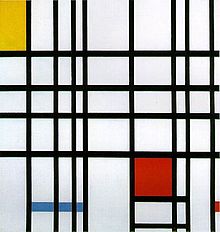
Piet Mondrian: Composition with Yellow, Blue, and Red, 1937–42
Why choose Abstract Art?
- Harmony. You can use a colourful piece of abstract art to unite a room – choose art that draws together all the colours in your space creating a unified palette.
- Freshness Factor. One piece of abstract art can be so powerful that it makes a room look totally new and revitalized.
- Focal Point. A dynamic piece of abstract art is a conversation piece and a focal point, anchoring your space. It can become the raison d’être of your room.
- Emotion & Imagination. Abstract art is stimulating, awakening the senses and igniting your imagination.
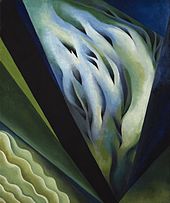
Georgia O’Keefe: Blue and Green Music, 1921
Okay you’re sold! So how do you choose Abstract Art for your home? Think about:
Décor Style. Don’t let anyone tell you that abstract art only works in a contemporary home! Yes, it’s complementary to modern décor, but looks just as spectacular in a traditional room where contrast takes centre stage.
Art First. Most of us buy art after we decorate a room with furniture, carpet, etc. Do it the other way! Buy an abstract piece that speaks to you and then create a room around it.
Colour. Many abstract prints are bright, colourful and bold. You can ‘match’ the colours in the art to your room, but don’t feel confined. Even a little colour unity works. Consider keeping the surrounding wall colour and furniture simple, neutral and cohesive, letting the bold art speak volumes. Neutral abstract art is another option, especially if you have standout furniture that you want to showcase. The soft and natural tones in the art are more subtle but no less inspiring.
Size. One of the best things about abstract art is that it’s typically large and substantial. Often one piece is all a room needs to be ‘done’. Let abstract art stand alone on a wall to maximize impact.
Shape. Colour is only one aspect of abstract art. Think about whether it’s linear, ‘blocks’, ‘circles’, soft and blurred, etc. The shapes in the art should echo your décor and furniture to help it fit.
As with all things décor, choose art that you love and you won’t go wrong!
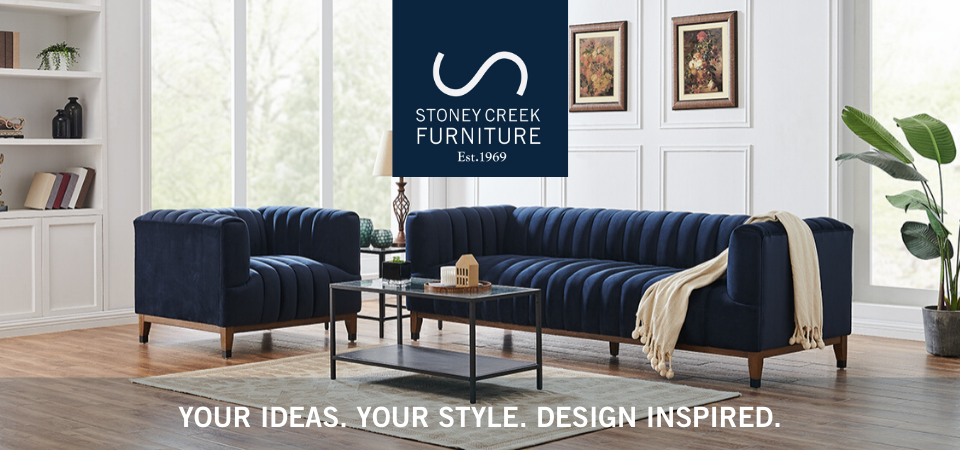
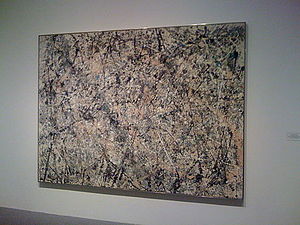
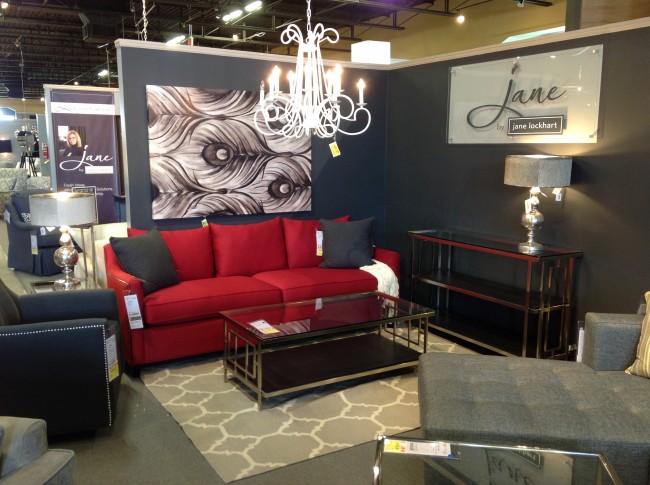
Leave a Reply